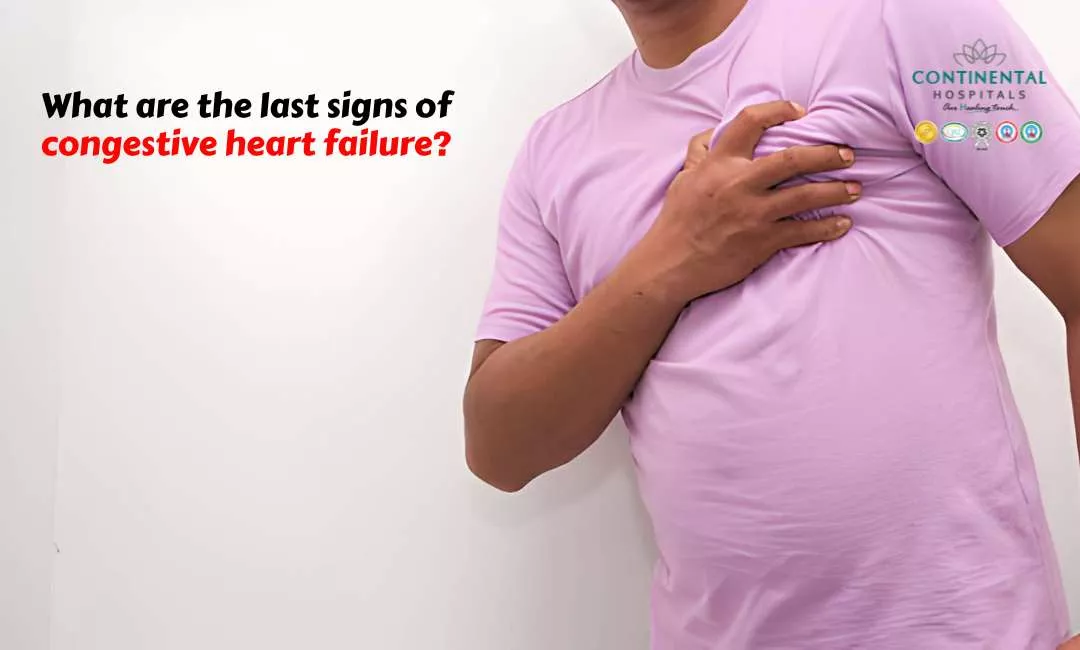Tuberculosis (TB) remains a significant global health concern, especially in children. Despite advances in medical science, TB continues to pose challenges due to its complex nature and the rise of drug-resistant strains. Children are particularly vulnerable to TB due to their immature immune systems. Understanding the symptoms, diagnosis, and treatment options for TB in children is crucial for timely intervention and management.
Symptoms of TB in Children:
TB in children can present with varied symptoms, which can sometimes mimic other common childhood illnesses. Recognizing these symptoms is essential for early detection and intervention. Some common symptoms of TB in children include:
Persistent Cough: A cough that lasts for more than two weeks is a common symptom of TB. It may be accompanied by coughing up blood or phlegm.
Fever: Children with TB may experience prolonged or recurrent fever, often without an apparent cause.
Weight Loss: Unexplained weight loss or failure to thrive despite adequate nutrition can be indicative of TB infection.
Fatigue and Weakness: Children infected with TB may exhibit fatigue, lethargy, and general weakness.
Night Sweats: Excessive sweating, particularly during the night, is another symptom commonly associated with TB.
Loss of Appetite: A decreased appetite or loss of interest in food may occur in children with TB.
Respiratory Symptoms: Children may experience difficulty breathing, chest pain, or wheezing due to TB affecting the lungs.
Consult with a Pediatrician to know more about TB in Children and home remedies to follow.
Diagnosis of TB in Children:
Diagnosing TB in children can be challenging due to nonspecific symptoms and difficulties in obtaining suitable samples for testing. However, several diagnostic methods are available to confirm TB infection in children:
Tuberculin Skin Test (TST): Also known as the Mantoux test, TST involves injecting a small amount of tuberculin purified protein derivative (PPD) into the skin and measuring the reaction after 48 to 72 hours. A positive reaction indicates exposure to TB bacteria but does not necessarily confirm active disease.
Interferon-Gamma Release Assays (IGRAs): IGRAs measure the release of interferon-gamma by T-cells in response to TB-specific antigens. These blood tests are more specific than TST and are particularly useful in populations vaccinated with Bacille Calmette-Guérin (BCG) vaccine.
Chest X-ray: Imaging studies such as chest X-rays can reveal abnormalities in the lungs suggestive of TB infection. However, these findings may not be definitive and require further evaluation.
Sputum Smear Microscopy: Collecting sputum samples from children old enough to produce sputum and examining them under a microscope for the presence of acid-fast bacilli (AFB) can confirm TB diagnosis. However, this method may have limited sensitivity in children.
Molecular Tests: Polymerase chain reaction (PCR) tests, such as GeneXpert MTB/RIF assay, detect TB DNA in clinical samples with high sensitivity and specificity. These tests are particularly useful for diagnosing TB in children, especially those with extrapulmonary TB.
Treatment of TB in Children:
Effective treatment of TB in children requires a combination of antibiotics and supportive care. The goals of treatment include curing the infection, preventing transmission to others, and minimizing the risk of complications. The standard treatment regimen for TB in children consists of multiple antibiotics taken for several months:
Directly Observed Therapy (DOT): Due to the importance of adherence to the treatment regimen, children with TB are often placed on directly observed therapy, where a healthcare provider ensures that the medications are taken as prescribed.
Monitoring and Follow-Up: Regular monitoring of the child's response to treatment is essential to assess drug efficacy and detect any adverse effects. Follow-up visits with healthcare providers help ensure that the treatment is progressing as expected and adjustments can be made if necessary.
Nutritional Support: Proper nutrition is crucial for children with TB to support their immune system and aid in recovery. Nutritional supplementation may be recommended for children who are malnourished or experiencing weight loss.
Prevention of TB in Children
Vaccination: Bacille Calmette-Guérin (BCG) vaccine is used to prevent severe forms of TB in children. It is usually administered at birth or soon after. While BCG may not prevent all cases of TB, it can reduce the severity of the disease.
Screening and early detection: Children who are in close contact with individuals infected with TB should be screened regularly for TB infection. Symptoms of TB in children may be different from those in adults and can include cough, weight loss, fever, and failure to thrive. Early detection allows for prompt treatment, reducing the risk of spreading the disease and preventing severe complications.
Contact tracing: Identifying and evaluating individuals who have been in close contact with someone diagnosed with TB is crucial for early detection and treatment. This is particularly important in household settings, schools, and other places where children spend time.
Infection control measures: Proper infection control measures are essential to prevent the spread of TB in healthcare settings, schools, and other community settings. This includes ensuring good ventilation, promoting respiratory hygiene (covering coughs and sneezes), and providing education on TB prevention.
Tuberculosis remains a significant health threat to children worldwide, necessitating early detection, prompt treatment, and comprehensive management. Recognizing the symptoms, utilizing appropriate diagnostic tools, and implementing effective treatment regimens are crucial steps in combating TB in children. Additionally, efforts to improve access to healthcare services, enhance public awareness, and develop innovative interventions are essential for reducing the burden of TB in pediatric populations. By prioritizing the health and well-being of children, we can work towards a future free from the scourge of tuberculosis.
Consult with a Pediatrician to know more about TB in Children and home remedies to follow.
Related Blog Articles-
1. Adult Vaccination: Which do you need?
2. HPV Vaccine: A Powerful Tool in Preventing Cervical Cancer
3. Importance of Polio Vaccination: Why Every Child Needs to Be Immunized
.webp)














